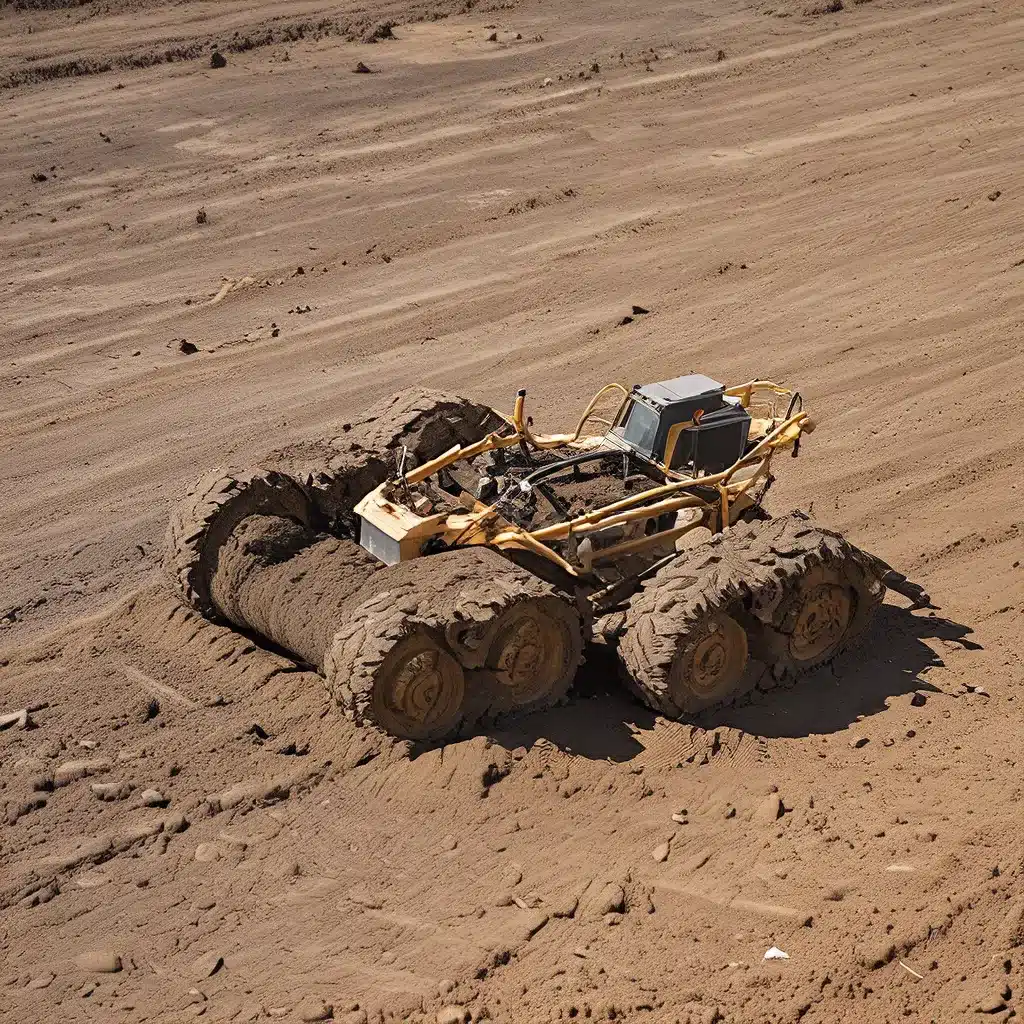
As an environmental enthusiast, I’ve always been fascinated by the cutting-edge technologies that are transforming the world of soil decontamination. Recently, I stumbled upon the remarkable advancements in thermal remediation methods, and let me tell you, it’s a game-changer!
Uncovering the Limitations of Traditional Soil Cleanup
Picture this: you’ve got a plot of land that’s been plagued by industrial waste or chemical spills, and the soil is in dire need of decontamination. The traditional approach would involve tedious and disruptive methods like excavation, containment, and disposal of the contaminated materials. Sounds like a real headache, doesn’t it?
Well, let me tell you, those old-school techniques are slowly becoming a relic of the past. As emerging technologies continue to revolutionize the remediation services industry, we’re now witnessing a paradigm shift in the way we approach soil cleanup.
The Rise of Thermal Remediation Methods
One of the most exciting developments in this field is the advancements in thermal remediation methods. These innovative techniques leverage the power of heat to tackle a wide range of soil contaminants, from hydrocarbons to persistent organic pollutants.
Imagine a scenario where you can simply heat up the contaminated soil, causing the pollutants to vaporize and then capture them for safe disposal or further treatment. No more messy excavation, no more disrupting the surrounding ecosystem. It’s a clean, efficient, and environmentally friendly solution that’s taking the industry by storm.
Thermal Desorption: Volatilizing the Contaminants
One of the standout thermal remediation methods is thermal desorption. This technique involves heating the contaminated soil or sediment to high temperatures, typically ranging from 200 to 1,000 degrees Celsius. This intense heat causes the organic pollutants to volatilize, essentially turning them into a vapor that can be captured and safely disposed of or treated.
The beauty of thermal desorption is its versatility. It’s effective in addressing a diverse range of contaminants, including hydrocarbons, polychlorinated biphenyls (PCBs), and even some heavy metals. And the best part? It can be deployed both in situ (on-site) and ex situ (off-site), giving environmental professionals the flexibility to tackle complex site conditions.
In Situ Chemical Oxidation: Rapid Cleanup with Reactive Compounds
But thermal desorption isn’t the only thermal remediation method making waves in the industry. Another cutting-edge technique is in situ chemical oxidation (ISCO). This approach involves injecting reactive compounds, such as hydrogen peroxide or ozone, directly into the contaminated soil or groundwater.
These powerful oxidizing agents then work their magic, breaking down the pollutants into less harmful substances. The beauty of ISCO is its ability to deliver rapid cleanup results, making it an attractive option for time-sensitive projects or urgent environmental emergencies.
The Environmental Benefits of Thermal Remediation
Now, you might be wondering, “But what about the environmental impact of these high-temperature processes?” Well, my friends, that’s where the real magic happens.
Compared to traditional soil cleanup methods, thermal remediation techniques are significantly more sustainable and eco-friendly. By minimizing the need for extensive excavation and disposal, these methods dramatically reduce the carbon footprint and environmental disruption associated with the cleanup process.
Moreover, advanced remediation technologies like bioremediation, phytoremediation, and nanotechnology are often integrated with thermal methods, creating a synergistic approach that maximizes the efficiency and environmental benefits of the cleanup efforts.
Overcoming Site Challenges with Targeted Treatment
One of the biggest advantages of thermal remediation is its ability to tackle complex site conditions. Unlike traditional methods that may struggle with heterogeneous soil compositions or hard-to-reach contaminants, thermal techniques offer a targeted and precise approach.
For instance, electrokinetic remediation uses electrical currents to mobilize and extract contaminants from the soil, making it an effective solution for sites with challenging geological features or deeply embedded pollutants. And the integration of nanotechnology in remediation processes allows for the precise delivery of treatment agents, ensuring that even the most stubborn contaminants are eliminated.
Embracing the Future of Soil Decontamination
As I delve deeper into the world of thermal remediation, I can’t help but feel excited about the future of soil decontamination. These cutting-edge technologies are not only revolutionizing the industry but also paving the way for a more sustainable and environmentally conscious future.
By embracing the power of heat, reactive compounds, and advanced engineering, we can tackle even the most daunting soil contamination challenges. And with Inland Waters Inc. leading the charge, I’m confident that we’re on the cusp of a new era in environmental restoration and protection.
So, if you’re ready to bid farewell to the days of messy excavation and hazardous disposal, get ready to embrace the transformative world of thermal remediation methods. The future of soil decontamination is here, and it’s hotter than ever!


